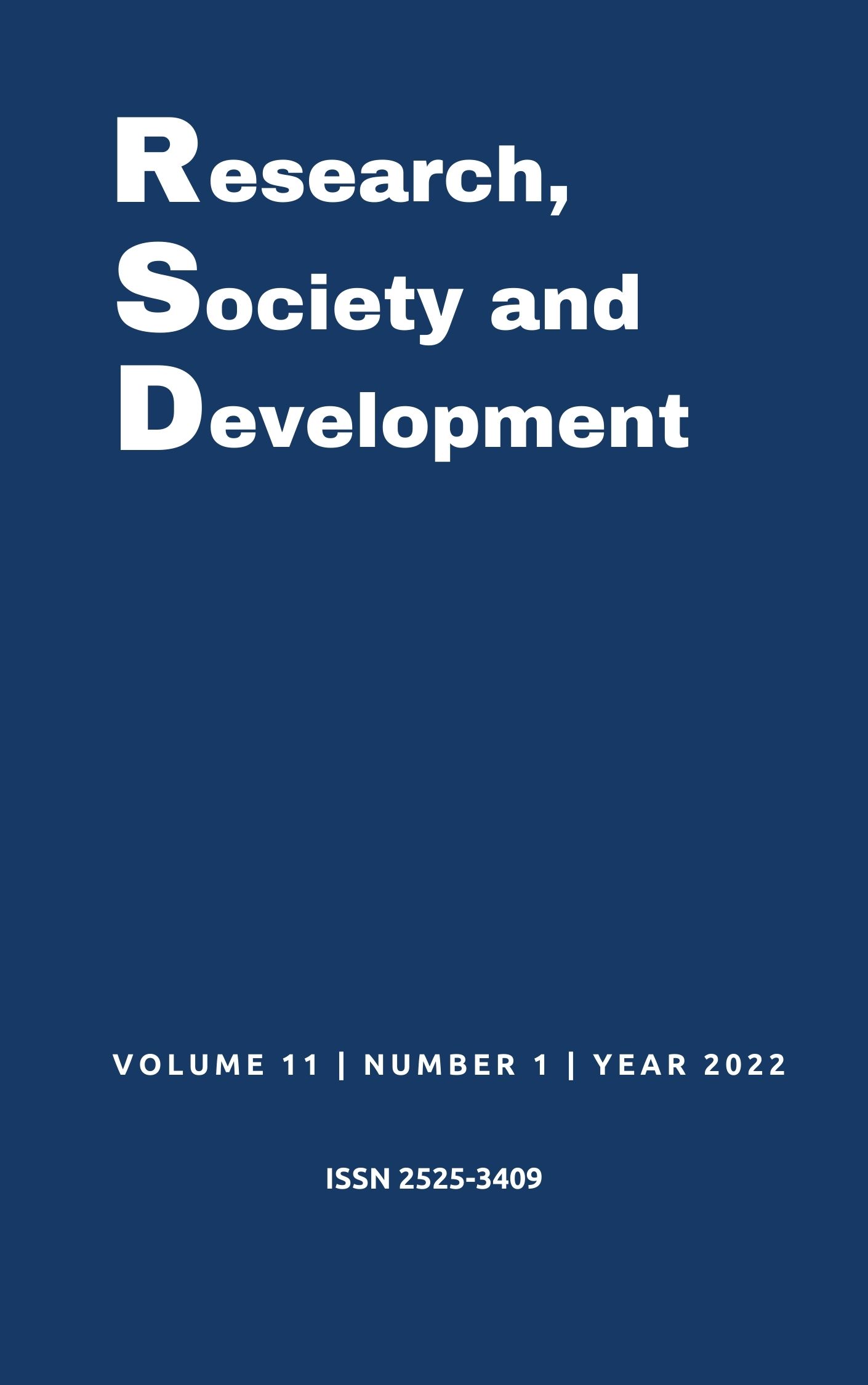La posibilidad de exclusión del condominio antisocial del condominio del edificio
DOI:
https://doi.org/10.33448/rsd-v11i1.24945Palabras clave:
Derecho Inmobiliario; Derecho Vecinal; Edificio Condominio; Reglas del condominio; Exclusión del condominio antisocial.Resumen
Este trabajo se propone analizar, a través de la doctrina y la jurisprudencia, si es posible excluir a un propietario que sea considerado antisocial por reiteradas conductas antisociales ante las limitaciones que impone el derecho a la propiedad, ya sea por vulneración de la función social, o por la prohibición del abuso del derecho, o incluso a favor del derecho vecinal. En la edificación de condominios, dada la proximidad de las unidades autónomas y la necesaria convivencia en las áreas comunes, se deben adoptar medidas que promuevan la paz entre vecinos, las cuales se establecen mediante normas de condominio (Convención y Reglamento Interno) que buscan mantener la paz y la armonía en el vida en condominio. En este contexto, este artículo busca analizar si, ante conductas graves y reiteradas, sería posible excluir al condominio antisocial del condominio edificio. La esencia de este artículo es exponer las limitaciones de los derechos de propiedad por su función social, abordar el concepto de "condominio antisocial", abordar las reglas del condominio y analizar la posibilidad de su exclusión del edificio condominio, a través de disposiciones legales, posiciones doctrinales y decisiones judiciales que se ocupan del asunto, con el fin de respaldar la información recopilada y presentada aquí.
Citas
Almeida, M. B. (2017). Noções básicas sobre Metodologia de pesquisa científica. Universidade Federal de Minas Gerais. <http://mba.eci.ufmg.br/downloads/metodologia.pdf
Brasil. Congresso Nacional. Código Civil, Lei ordinária federal n. º 10.406, de 10 de janeiro de 2002. http://www.planalto.gov.br/ccivil_03/leis/2002/l10406compilada.htm
Brasil. Conselho da Justiça Federal. V Jornada de Direito Civil. Enunciado 508. https://www.cjf.jus.br/enunciados/enunciado/577
Brasil. Superior Tribunal de Justiça. Súmula 260. A convenção de condomínio aprovada, ainda que sem registro, é eficaz para regular as relações entre os condôminos. Brasília, DF: Superior Tribunal de Justiça, 2001.
Brasil. Tribunal de Justiça do Rio Grande do Sul. AI: 70065533911 RS, Relator: Nelson José Gonzaga, Data de Julgamento: 13/08/2015, Décima Oitava Câmara Cível, Data de Publicação: Diário da Justiça do dia 14/08/2015. https://tj-rs.jusbrasil.com.br/jurisprudencia/219768352/agravo-de-instrumento-ai-70065533911-rs
Brasil. Tribunal de Justiça de São Paulo. Dir. Priv., Ap. Cív nº 0.280.101-94.2010.8.26.0000, Rel. Des. Celso Pimentel, Julg 14.12.2010.
Coelho, F. U. (2012). Curso de Direito Civil: direito das coisas. (4a ed.), Saraia, 4.
Egito, F. M. (2019) O condômino antissocial. https://franciscoegito.adv.br/blog/2016/10/o-condomino-antissocial.html
Farias, C. C. & Rosenvald, N. (2012). Curso de direito civil: direitos reais. (8a ed.), JusPODIVM, 5.
Farias, C. C. & Rosenvald, N. (2015) Curso de direito Civil. (11a ed.), Atlas.
Ferreira, A. B. de H. (1999). Novo Aurélio século XXI: o dicionário da língua portuguesa. Nova Fronteira.
Glagliano, P. S., & Filho, R. P. (2021) Novo curdo de direito civil 5: direito reais.: Saraiva Educação.
Gonçalves, C. R. (2007) Direito Civil Brasileiro - Direito das coisas. volume V, editora Saraiva, 2° tiragem.
Gonçalves, C. R. (2016) Direito Civil Brasileiro: Direito das Coisas. (11a ed.), Saraiva, 5.
Houaiss, A & Villar, M. (2001) Dicionário Houaiss da língua portuguesa. Objetiva.
Magalhaes, R. S. de O. (2018) Relações de vizinhança no condomínio edilício. Conteúdo Jurídico. http://www.conteudojuridico.com.br/?artigos&ver=2.590348&seo=1.
Marconi, M. de A. & Lakatos, E. M. (2002) Técnicas de Pesquisa: planejamento e execução de pesquisas, amostragens e técnicas de pesquisa, elaboração, análise e interpretação de dados. (5a ed.), Atlas.
Moreira, D. M. M. (2015) A exclusão do condômino antissocial no condomínio edilício. Rio de Janeiro. https://www.emerj.tjrj.jus.br/paginas/trabalhos_conclusao/1semestre2015/pdf/DanieleMaghellyMenezesMoreira.pdf
Paschoal, J. P. R. (2014) O Direito ao Sossego e o Condomínio Edilício. Revista Opinião Jurídica: Direito Imobiliário. Secovi-SP (Sindicato da Habitação), 2.
Penteado, L. de C. (2015) Direito das Coisas. (3a ed.), Revista dos Tribunais, 473.atual. Forense.
Rizzardo, A. (2015) Condomínio Edilício e Incorporação imobiliária. (4a ed.), Forense.
Rizzardo, A. (2021) Contratos. (19a ed.), Forense.
Simão, J. F., & Kairalla, M. U. (2019). Impossibilidade de Exclusão do Condômino Antissocial. Revista Jurídica Luso-Brasileira, 5 (3), [967]-992
Tartuce, F (2002). Das penalidades no condomínio edilício. Análise das inovações do Código Civil de 2002. http://www.flaviotartuce.adv.br/artigos.
Tartuce, F. (2014) Manual de Direito Civil. (4a ed.), Método, 2014.
Tartuce, F. (2020). Direito Civil: teoria geral dos contratos e contratos em espécie. (15a ed.), Ed. Forence.
Teixeira, T. (2018) Convenção de condomínio: o que é e para que serve? https://blog.townsq.com.br/convencao-de-condominio-o-que-e-e-para-que-serve/
Descargas
Publicado
Cómo citar
Número
Sección
Licencia
Derechos de autor 2022 Dandara Herdi Polastri Rebello

Esta obra está bajo una licencia internacional Creative Commons Atribución 4.0.
Los autores que publican en esta revista concuerdan con los siguientes términos:
1) Los autores mantienen los derechos de autor y conceden a la revista el derecho de primera publicación, con el trabajo simultáneamente licenciado bajo la Licencia Creative Commons Attribution que permite el compartir el trabajo con reconocimiento de la autoría y publicación inicial en esta revista.
2) Los autores tienen autorización para asumir contratos adicionales por separado, para distribución no exclusiva de la versión del trabajo publicada en esta revista (por ejemplo, publicar en repositorio institucional o como capítulo de libro), con reconocimiento de autoría y publicación inicial en esta revista.
3) Los autores tienen permiso y son estimulados a publicar y distribuir su trabajo en línea (por ejemplo, en repositorios institucionales o en su página personal) a cualquier punto antes o durante el proceso editorial, ya que esto puede generar cambios productivos, así como aumentar el impacto y la cita del trabajo publicado.

